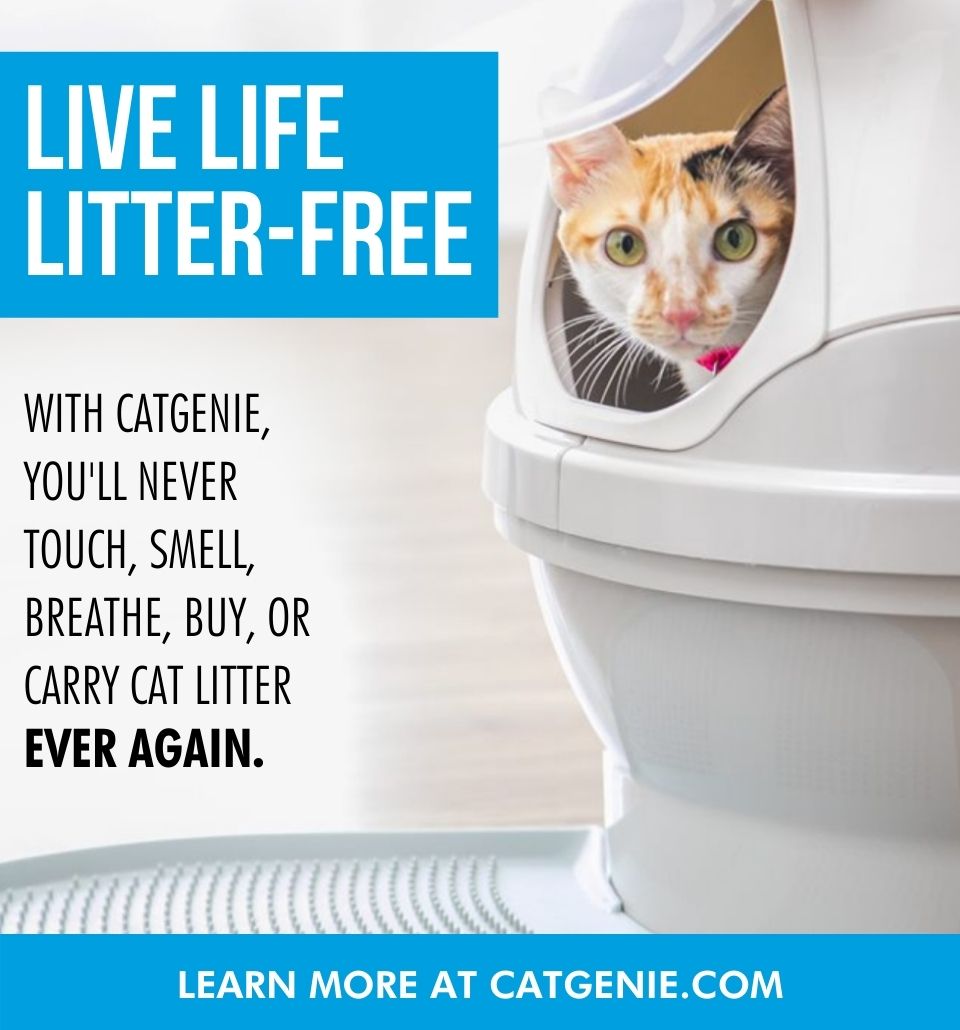With or without Sarah McLachlan’s music, a homeless cat is a heartbreaking sight. This National Cat Day, let’s glue our hearts back together and take care of some kitties in need. Dig into our post on how you can help.
Founded in 2004 by Colleen Paige, this national holiday was created to raise awareness of homeless cats. Colleen Paige is a leading pet lifestyle expert who is on a lifelong quest to support pets of all types. She’s created three holidays: National Cat Day (October 29), National Dog Day (August 26), and National Puppy Day (March 23). All three of these animal holidays raise awareness of pets in need. They also promote adoption of homeless cats and dogs as a first choice for prospective pet owners.
National Cat Day is the perfect platform from which to tackle an age-old problem: finding homes for homeless cats! According to the Humane Society, there are an estimated 30 to 40 million stray cats in the United States. Referred to as “community cats,” these include both the socialized cats you can pet and feral felines you only glimpse. The majority of these cats aren’t neutered, producing colonies fated to a short, brutal existence plagued by hunger and disease. It’s a hard knock life when you’re a homeless animal, yet about 81% of the public thinks it’s better to leave a cat on the street than to send them to a shelter where they might be euthanized.
It’s not better.
How to Help Homeless Cats
It’s true that, according to the ASPCA, an estimated 860,000 cats (of the 3.2 million that enter shelters each year) will be euthanized. But it’s also true that around 1.6 million of those cats will be adopted. Cats can’t get adopted if they’re left on the street, where they’re vulnerable to malnutrition, illness, vehicles, other animals, and malicious people.
If you want to help a homeless cat, give them a home. A caring indoor environment is the best way to improve their life expectancy, overall health, and quality of life. And if you can’t open your own home, there’s still plenty that you can do. You can help by getting cats placed with a rescue or a (hopefully no kill) shelter.
Tackle Their Quality of Life
If you’ve got strays in your neighborhood, along with the time and/or money to spend on them, there are a few ways you can go about improving their quality of life. Feeding them is a great first step, just be aware that doing so could likely attract more homeless cats and create the opportunity for a feral colony to form. The good news? Feeding the stray allows you to form a basic bond with them.
Once you bond with the cat, you can slowly discover whether they’re socialized by cautiously interacting with them. Be careful when doing this and don’t approach an obviously aggressive feline. If you notice a given cat seems to be ill or hurt, you can try to get them vet care—but, again, be very cautious when trying to handle a stray. Reach out to and leave it to professional (or volunteer) rescuers when you’re not comfortable.
Try to Get Them Adopted
If the cat seems social and friendly (or a young enough feral that they can rehabilitated), you may have good luck getting them adopted. Try snapping some pictures and sharing them online, especially around rescue groups on social media. You could also try taking them to a local no kill shelter, placing them with a foster or rescue group, or sharing photos at your vet’s office. (Vet offices often have a bulletin board for notices about missing or available pets.)
Consider a Barn Cat Program
Some community cats just can’t seem to find a home (perhaps they’re simply too feral) and yet they can’t continue living on the streets. These are the cats most likely to be euthanized, unfortunately. To prevent this, some rescue groups have started barn cat programs as an alternative. Your challenging local stray could be a great candidate for relocation to a farm or other large, privately-owned space like a warehouse. There, they can have food, shelter, and friends.
Practice Trap-Neuter-Return
If you can’t find your community strays a home, you can compassionately help manage local colonies through a Trap-Neuter-Return (TNR) program. This involves trapping these cats and taking them to the vet for neutering (and possibly vaccinations). Then, once they’re recovered, you return them to the colony. This ensures that their numbers won’t grow. Once you’ve returned the cats, you or a group take turns providing them with food and water regularly. Before trying it on your own, look for local groups who can handle this type of program.
However you choose to help homeless cats, one of the greatest tools in your arsenal is kindness. Just be kind to stray cats you encounter in your communities, whether through pets to friendly felines, food, or medical care. It’s one of the best things we have to offer, and every cat deserves a lot of love.









My husband and I live in a hotel and there are s couple of strays that we adopted. One is a Tabby mix I may!Ed cricket (she chirped like a cricket when I first met her so she named herself). The other one is a main coon that I named precious j(thought he was a she at first). He adopted us . We feed them. They are what we call our resident bug catchers